Powderhall Stadium: North Edinburgh's lost home of cycling, athletics, football, rugby, greyhound racing and speedway
and live on Freeview channel 276
Let us know what you think and join the conversation at the bottom of this article
Built on grazing land by the banks of the Water of Leith, Powderhall Stadium, opened in 1869, was originally constructed as an athletics and cycling track but it is for greyhound racing and, much later, speedway, that it became best known.
Long before the arrival of the greyhounds, however, football and rugby union also found a home at Powderhall; St Bernards FC made it their home ground after the original stadium was redeveloped in 1889, as did Edinburgh City FC, who played there in the early 1930s for two seasons.It was in those early days too that the Powderhall Sprint, the New Year's Day race that continues to this day, was first run in 1870 with many who have taken part through the years later finding Olympic success, the most famous being Eric Liddell, famous for refusing to run in the 1924 Olympic 100 metre final as it was held on the Sabbath.
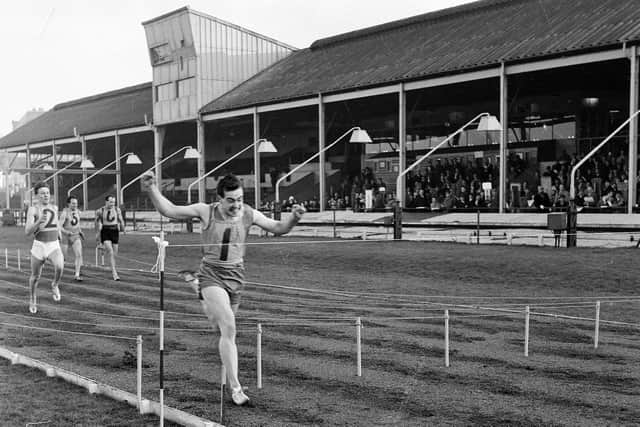

Advertisement
Hide AdAdvertisement
Hide AdLiddell went on to win Gold in the 400 metre, a story told in the movie Chariots of Fire, but it was on Powderhall's cinder track that he first ran and where he met Tom McKerchar, the trainer who took him to his Olympic Gold Medal.
The Powderhall Sprint itself was a 110 metre handicap race, moved to Meadowbank in 1971 and since 1999 has been held at Musselburgh racecourse.
In 1927, everything changed when, on August 3, the first greyhound meeting was staged at the stadium, which had just been redesigned especially to accommodate the sport. An estimated 10,000 people attended that first meeting where the inaugural race was won by a dog called Eager Hands.
Notable milestones of the greyhound calendar held at the stadium through the years included the Scottish Derby between 1987 and 1989, the Scottish St Leger, the Edinburgh Cup and the Scottish Grand National.
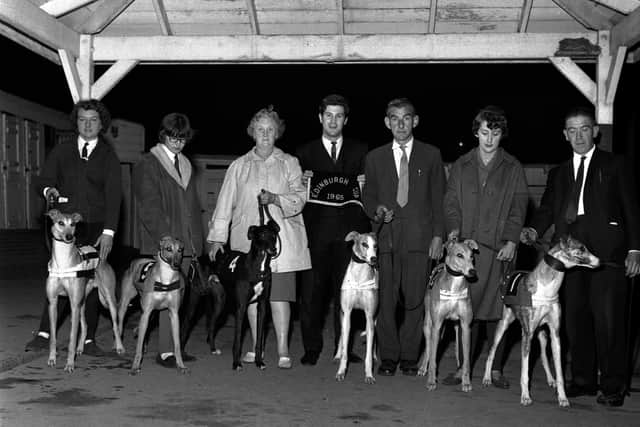

Advertisement
Hide AdAdvertisement
Hide AdBeing located close by the Water of Leith, flooding was often an issue in the winter when the river level raised, although no one had ever seen the flood water rise to the levels it did in 1949. Locals watched in horror as the entire stadium was submerged under many feet of water drowning 19 greyhounds housed in kennels next to the track.
Undersoil heating would be installed beneath the track's surface 30 years later to help alleviate the problem.
Another sport arrived at the stadium in the 70s, speedway. When, in 1967, Edinburgh Monarchs speedway team were turfed out of their home at Old Meadowbank which was being redeveloped for the 1970 Commonwealth Games, the club's then promoter Ian Hoskins’ request to race at Powderhall was turned down. Edinburgh speedway did, however, come to the stadium a decade later, racing there from 1977 to 1995.
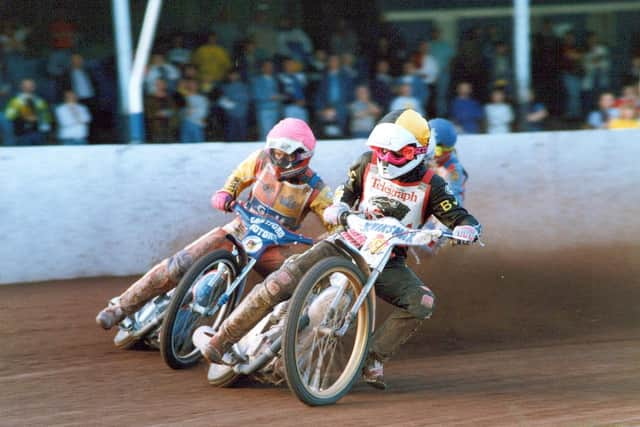

New club promoter Mike Parker master-minded the deal that brought Monarchs to the Beaverhall Road stadium where a £25,000 new track was installed. Again, an estimated 10,000 fans turned up for the opening meeting.Team captain at the time was Bert Harkins, who once told the News, “The lure of returning to Edinburgh where it had all started for me was too much to resist. The captaincy meant a lot. I'm from Glasgow, but Edinburgh is very special to me, to be captain of the Monarchs was a really big honour”.There was just one problem, Harkins was based some 400 miles away in Hertfordshire.“It was lucky I enjoyed travelling," he laughed, recalling the occasions he'd put his bike and gear in the guard's van and travel up to Edinburgh by train.“After the meeting, I'd get the night sleeper back down. My wife Edith would be waiting at the station in the morning with the car.”
Advertisement
Hide AdAdvertisement
Hide AdThe 80s brought mixed fortunes to the stadium with a new £400,000 grandstand being built shortly before ownership of the venue changed several times.
One new owner had a very specific reason for his purchase and Powderhall almost became the home of rugby again when former Scotland prop Norrie Rowan revealed the reason he had bought the stadium was to allow a rugby club to ‘put down roots in a compact venue that could accommodate crowds capable of sustaining a team’.
It never happened and the stadium changed hands again while also surviving £25,000 worth of fire damage in 1987.
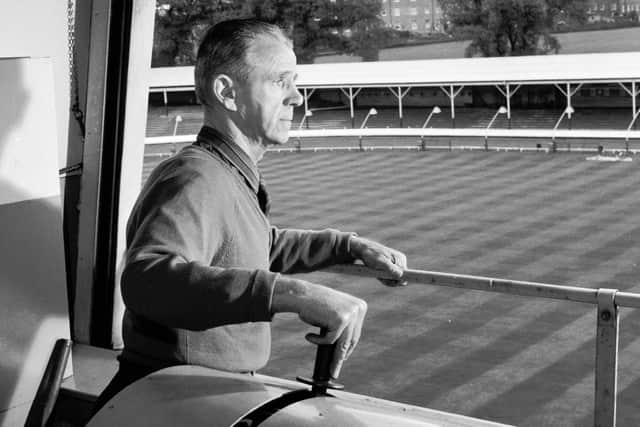

By 1991, now owned by local businessman Eddie Ramsay, Powderhall was coming to the end of its life. Ramsay took over the loss-making stadium four years before the receivers were called in. A Hands Off Powderhall group had been convened to no avail.
Advertisement
Hide AdAdvertisement
Hide AdAt the time Ramsay said: “There is a sincere but misguided campaign to keep the stadium open as a venue for greyhound racing and speedway, but the only way that can happen is if there is someone out there prepared to stand the losses that I and others have sustained in running Powderhall... Powderhall is too old and too costly to run.”
At that point, the crowds attending greyhound meetings had dwindled from 1,800 to 1,300 a week and the last greyhound meeting took place on January 8, 1995.
Nine months later, after 19 seasons racing at the stadium, Edinburgh Monarchs too raced their last match there.
The 10.8 acre site was sold for a reputed £3.3 million and the stadium demolished to make way for new housing. Gone was the iconic scoreboard, the restaurant overlooking the track and no longer did the roof level gas fittings that both lit and heated the refreshments areas, hiss and cackle. Today, no trace of the stadium exists.
Advertisement
Hide AdAdvertisement
Hide AdWryly Ramsay observed at the time: “If the 10,000 people who have supposedly signed the Hands Off Powderhall petition had attended Powderhall on a regular basis, Powderhall greyhound stadium would still be in business.”
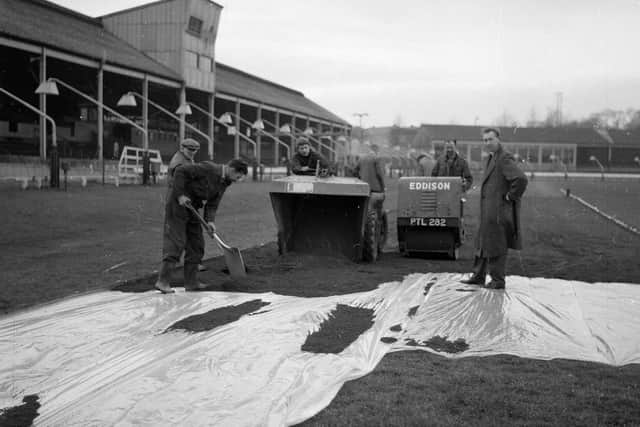

Bulldozers moved in to replace the dogs and bikes in 1996 and today, modern apartments - north Powderhall Rigg and Powderhall Brae - sit on the site where once the dogs barked, the bikes roared and tens of thousands of Edinburgh folk spent a night watching their favourite sport.
Thank you for reading this article. We're more reliant on your support than ever as the shift in consumer habits brought about by coronavirus impacts our advertisers.
If you haven't already, please consider supporting our trusted, fact-checked journalism by taking out a digital subscription
Comment Guidelines
National World encourages reader discussion on our stories. User feedback, insights and back-and-forth exchanges add a rich layer of context to reporting. Please review our Community Guidelines before commenting.
